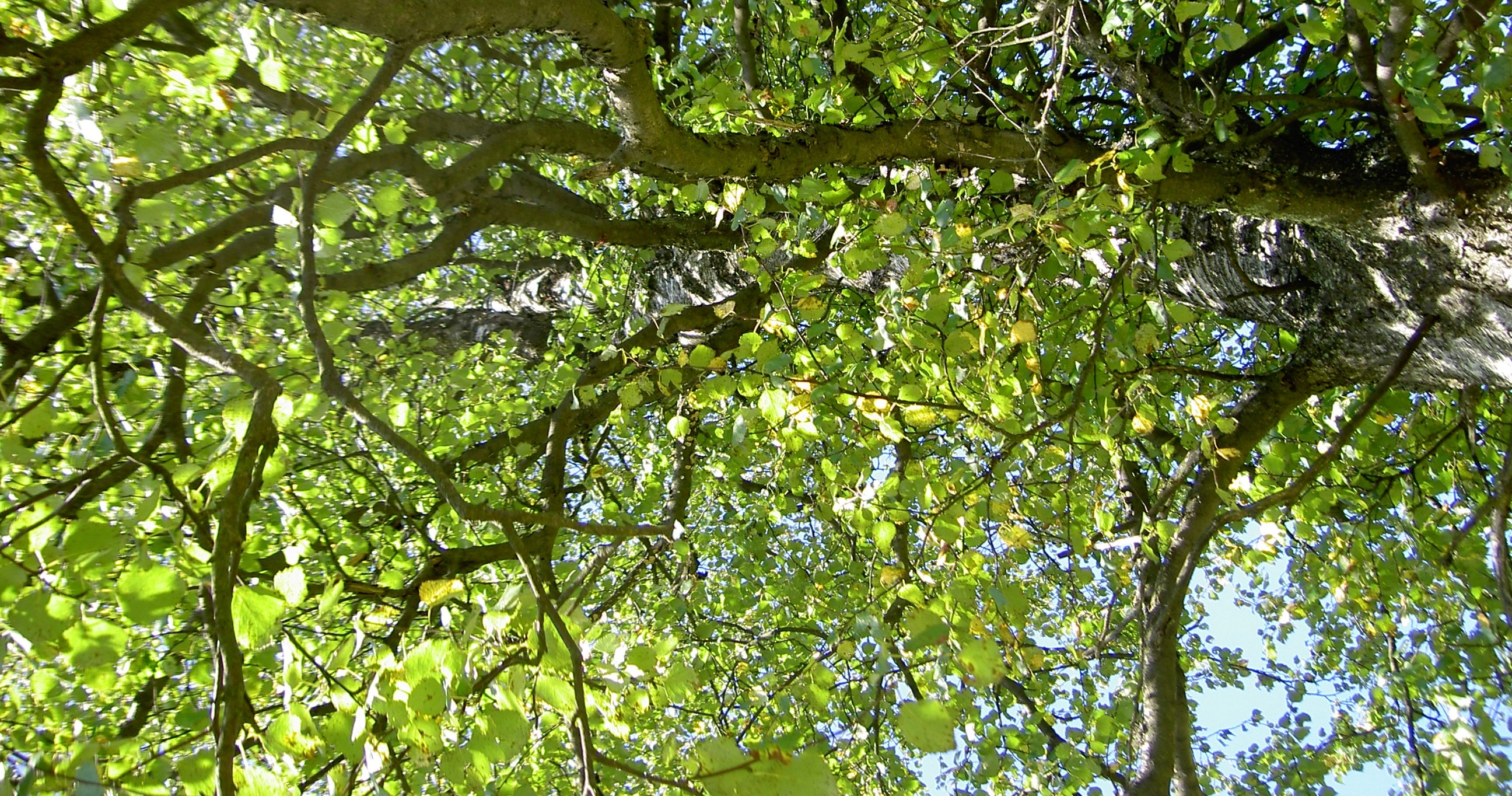
The funeral procession

The funeral procession
In our sparse homeland in the Erzgebirge, many things used to be different and, above all, different from here in Germany. Saying goodbye to a deceased person was different from the way it is now in our new homeland. Most people died at home and only in very serious cases did the old people go to hospital. At least one person from each family was present at the funeral.
This was also the case in our home village of Neuhaus, where a long funeral procession always went over the Hirschkopfberg to the cemetery in the neighbouring community of Hirschenstand. So if the bell rang at the belfry at the "Dickenseffenhaus" at a time other than noon, people knew that someone had died in the village.
The news spread quickly, even without a newspaper. In those days, the dead remained laid out in the house until the day of the funeral. In the evening, neighbours' wives and acquaintances came and prayed together for the deceased. At night, men from the neighbourhood would hold the wake so that the relatives could sleep peacefully and not be afraid because there was a dead person in the house. They passed the time until morning by playing cards and telling stories. A bottle of schnapps placed on the table was a must.
The brass band usually played at the funeral and it had to be very poor people who were buried without it. The mourners gathered at the house of the deceased and to the sound of a choir they carried him out of the house in his coffin. The hearse was only a farm wagon, on whose flat platform a shroud was covered and on which the coffin was pulled by neatly groomed horses. Now the funeral procession formed, preceded by the musicians, the carter with his vehicle, then the grandchildren, the children of the dead and then the other relatives. Among the mourners who followed, many of our fathers still wore their top hats, which had been brushed at home to make them shine, and which they wore very proudly.
The musicians played their funeral march at intervals along the way, and in between an Our Father was prayed again. So the procession moved uphill on the road to Hirschenstand into the forest, past the Zigeunerstaa, where a gypsy was once supposed to have been buried, past the picture "beim Bild", on which St. Hubertus was depicted with the deer. Now they were already going downhill again on the stony path. The wagon driver put on his brakes to slow down and soon we could see the village of Hirschenstand down in the valley through the spruce trunks. Here they stopped for a rest. The men went into the forest on the left, the women on the right, because they also had to do this.
The procession formed up again and went down to the "Gasthaus der Sonne". From here, six bearers, neighbours and acquaintances of the deceased carried the coffin on their shoulders the rest of the way. The priest, who had come along with his altar boys, now formed the head of the procession and led it the rest of the way into the church.
People who met the procession stopped and saluted reverently. After the service and the address at the grave, the musicians usually played another farewell song for the deceased. On the way home, many people stopped at the Gasthof zur Sonne, where the funeral meal was also served, if specially planned.
The carter soon set off for home and tired or footsore men and women were allowed to sit in the back of the wagon.
In those days, saying goodbye to a deceased person was an event and a topic of conversation in the lace-making parlours for several days.
Ernst Ullmann